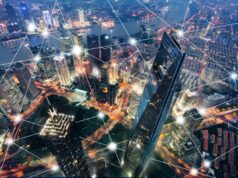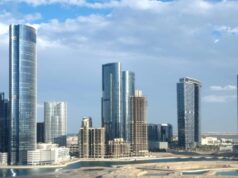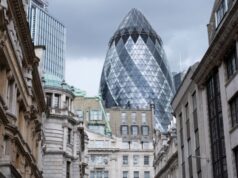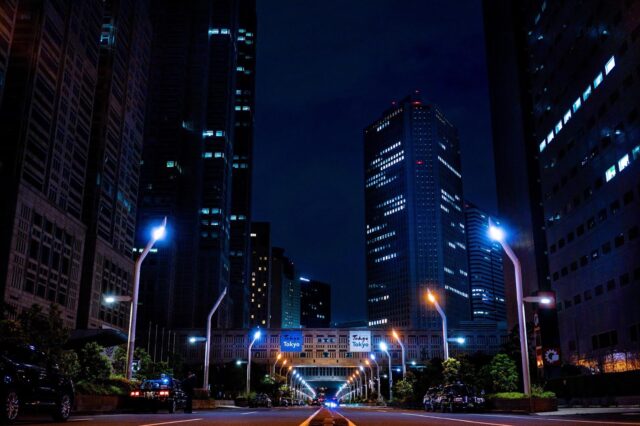
Technologies gradually permeate all aspects of our society. From smartphones that evolved into irreplaceable assistants to VR environments that make the cyberpunk future closer, various innovations change the ways we live. Undoubtedly, cities also face these changes. As areas become smarter with the development of technologies, they offer a more livable, responsive, and efficient environment for residents. And that’s great.
Today, you should realize that a smart city isn’t the future but the present. Hundreds of regions around the world implement smart sensors, optimize grids, develop better services to improve the quality of life. On the verge of technologies and customer experience, the new vision of smart cities arises. Let’s look at how governments implement their strategies. Experts from Diceus, McKinsey, Business Insider and the World Economic Forum will help us.
What Is a Smart City?
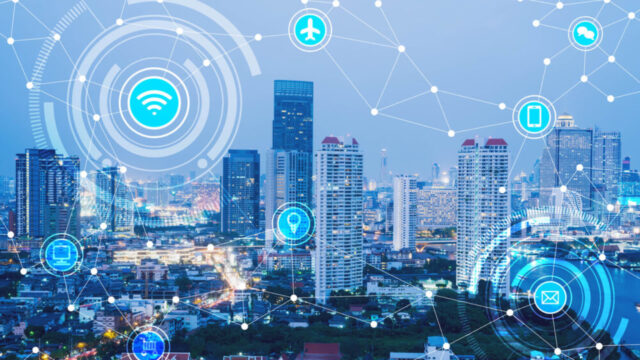
In the very traditional meaning, a smart or innovative city is an urban area that collects data from IoT sensors, gets insights after analysis, and leverage them to improve resource management and public services. However, the modern approach shifts from the technology-first view to the customer-first alternative. It also provides for comprehensive data gathering and usage of tech but the final goal is to make the residents’ lives better.
According to modern vision, a smart area should combine several core elements like tech, apps, and end-users. McKinsey analyzes smart cities regarding these three crucial layers:
- Tech base: reliable and fast networks that connect sensors, smartphones, and other smart devices focused on data acquisition.
- Applications: software solutions that store and process raw data collected by sensors, deliver valuable insights for further implementation.
- Users: both residents and companies that adopt the implemented changes, react to them, show support or criticize innovations.
Such an approach looks solid as it considers all the key parts of any urban innovation: hardware, software, and usage. In this case, a truly smart city is an area with a well-developed network of connected devices that gather data for smart analytical apps. Being the final element, companies and residents enable this ecosystem, benefit from it, improve it. Without proper adoption, even the best innovations are meaningless.
How Innovations Improve Urban Life?
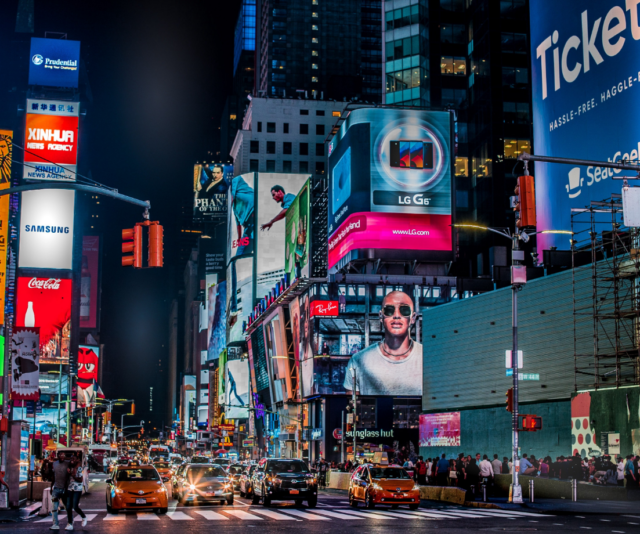
Different estimations show that smart cities become more responsive and efficient after the changes. For example, innovative urban systems can save from 30 to 300 lives per year, decrease crime by 30-40%, save 15-30 minutes of commute, and increase emergency response by 20-35%. And there are more uncountable parameters like the residents’ happiness.
Generally, seven major areas benefit from relevant smart-city strategies:
- Connectedness. Critics blame technologies for nurturing social isolation. But it can solve this issue. Governmental institutions can engage with residents in social media or even design own apps. Online tools also can boost local meetings.
- Cost of living. Through optimization, cities can reach the new heights at cost-efficient existence. This will lead to lower expenses in all areas. Technologies may be pricy but they help residents and businesses to save in the long run.
- Environment. A smart city is a sustainable city. Automated manufacturing units, intelligent grids that allow energy storing and reselling, air quality sensors, water trackers, and waste sorting – these are just a few of the crucial initiatives.
- Health. Smart sensors are already widely adopted in healthcare. Technologies enable new engagement ways, switch to remote monitoring that reduces the burden on clinics, and help to fight the dangerous outbreaks.
- Jobs. While innovations can eliminate some jobs, they also create new ones. Moreover, these changes make labor markets more efficient, set new hiring standards, and help people to acquire new skills through innovative education.
- Safety. Solutions like real-time mapping, smart surveillance, home security tools, and predictive policing can reduce crime significantly. With traffic control, emergency vehicles can move faster while other drivers face fewer road accidents.
- Time. Continuing the traffic optimization idea, mobility apps improve the efficiency of public transport routes and also suggest the best paths for residents. Smart maintenance help crew to fix issues and digital payments also cut travel time.
Which Cities Are the Smartest Ones?
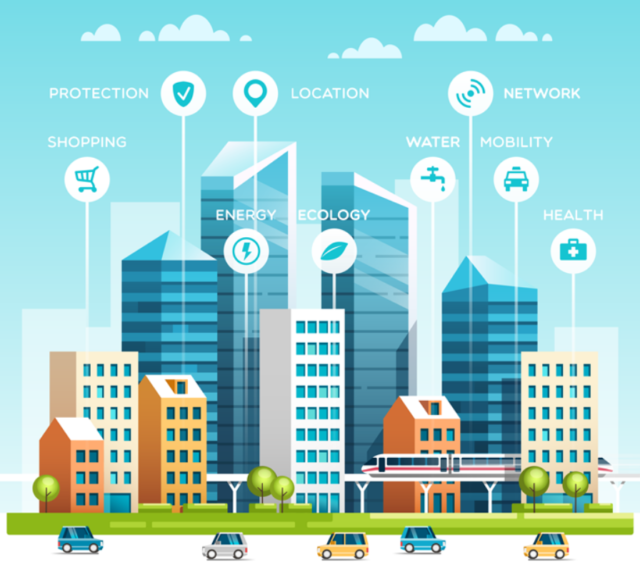
To answer the question, we should know how to measure smartness or innovativeness. There are dozens of factors you can evaluate, including crime control, healthcare efficiency, mobility optimization, environmental protection, jobs available, and so on. There are psychological and social factors that matter a lot, too.
In addition to the study by McKinsey, we want to explore the Innovation Cities Index focused on opportunities for businesses and the IESE Cities in Motion Index that analyzes the ecosystems for people. The latter research explores the economy, environment, governance, human capital, international cooperation, mobility, social cohesion, urban planning, and tech.
Our list is arranged in alphabetical order but you can find out how the aforementioned indexes rank these cities. Surely, we included only the most innovative/highest-ranked places.
1. Amsterdam, Netherlands
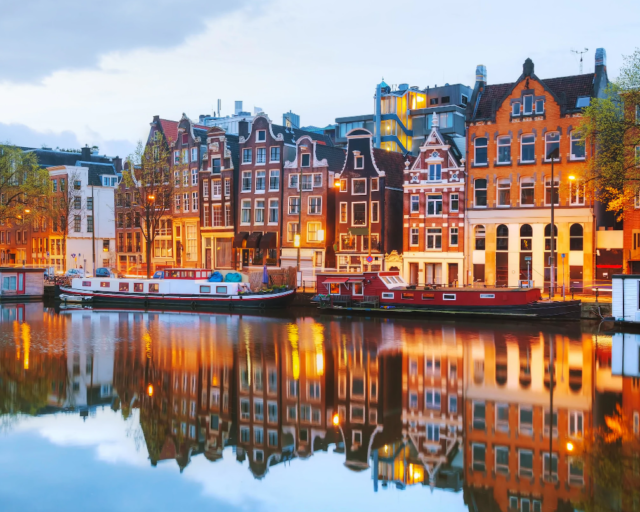
Dubbed as the European powerhouse, Amsterdam relies on bikes heavily. With 90% of families having at least one bike, Amsterdam plans to ban petrol/diesel cars and become the first zero-emission city by 2025. It also has smart power grids that allow people to store and return energy. Finally, Amsterdam monitors traffic and optimizes waste collection.
- IESE Cities in Motion Index, 2019: 3.
- Innovation Cities Index, 2019: 30.
2. Copenhagen, Denmark
It’s another city in Europe that aims to become a carbon-neutral area by 2025. Copenhagen features 40% of the residents who use bikes every day so it has a smart optimization system for bike routes. On top of that, the Copenhagen government is pretty successful in improving the quality of life and resident satisfaction.
- IESE Cities in Motion Index, 2019: 8.
- Innovation Cities Index, 2019: 47.
3. London, UK
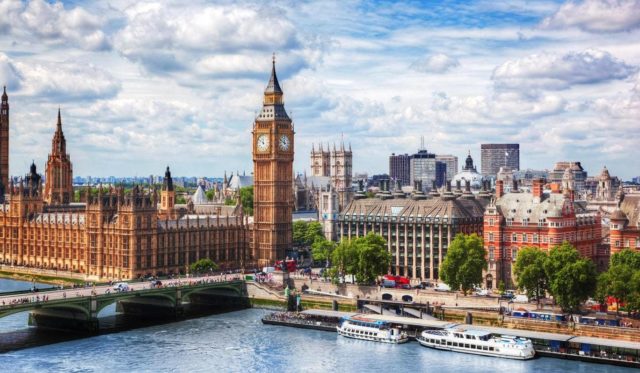
Right now, London is a top-ranked global business hub. It attracts thousands of companies and entrepreneurs, from the most famous giants like Google or Facebook to bright startups. In addition, London wants to build an innovative transportation network. For example, locals started working on smart parking areas, electric cars, and bike-sharing services.
- IESE Cities in Motion Index, 2019: 1.
- Innovation Cities Index, 2019: 3.
4. Los Angeles, USA
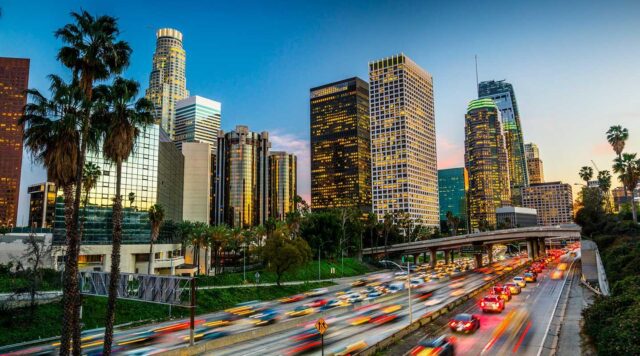
Similar to other big cities, Los Angeles focuses on smart traffic management. In addition, it delivers better natural disaster preparedness and improved public safety services available through digital infrastructure, including apps and live channels. Los Angeles also has a better sanitation efficiency thanks to street sensors.
- IESE Cities in Motion Index, 2019: 16.
- Innovation Cities Index, 2019: 4.
5. New York, USA
Like London, New York attracts numerous businesses and owners who establish here new startups or continue developing famous companies. The city is STEM- and business-friendly but it also wants to be resident-friendly. New York builds sustainable ecosystems, tests gunshot detection technology, and promotes connected car ideas.
- IESE Cities in Motion Index, 2019: 2.
- Innovation Cities Index, 2019: 1.
6. Paris, France

Competing with London, Paris wants to become the largest financial hub in Europe, at least. It attracts talents from the entire region. To retain residents, the city develops green transportation systems, using bikes and electric vehicles. The next plans include the city-wide autonomous subway system, for example.
- IESE Cities in Motion Index, 2019: 4.
- Innovation Cities Index, 2019: 6.
7. Reykjavik, Iceland
Don’t underestimate this exotic cold city just because it can’t compete with business hubs. Instead, the government cares about people and the environment a lot. For instance, almost 100% of the local electricity comes from geothermal and hydroelectric plants. Yes, you should know this story about heated sidewalks that eliminate the problem of ice.
- IESE Cities in Motion Index, 2019: 5.
- Innovation Cities Index, 2019: 292.
8. Seoul, South Korea
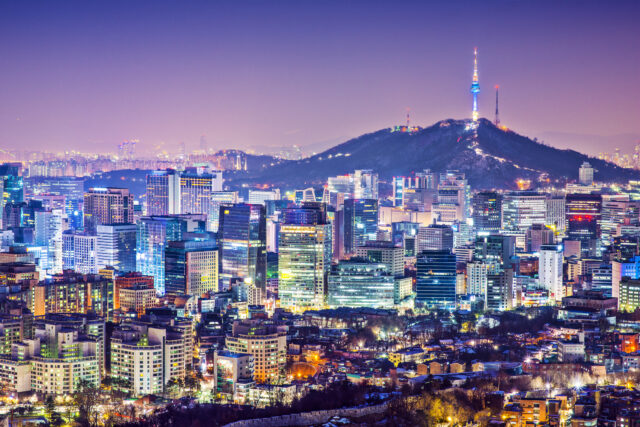
In accordance with the traditional understanding of smart cities, Seoul relies on IoT sensors heavily. Street devices gather information about pollution, traffic, and resident activity. Moreover, through the network, Seoul plans to provide this information to people so everybody can find out the current city conditions.
- IESE Cities in Motion Index, 2019: 12.
- Innovation Cities Index, 2019: 14.
9. Singapore, Singapore
Singapore is one of the safest and cleanest urban areas. The government invests insane sums into the development of financial ecosystems, business incubators, and startups. Its focus areas include innovative engineering, digital services, advanced healthcare, and sustainability. Robots in hospitals, vertical gardens, and digitalization – that’s Singapore.
- IESE Cities in Motion Index, 2019: 7.
- Innovation Cities Index, 2019: 5.
10. Tokyo, Japan
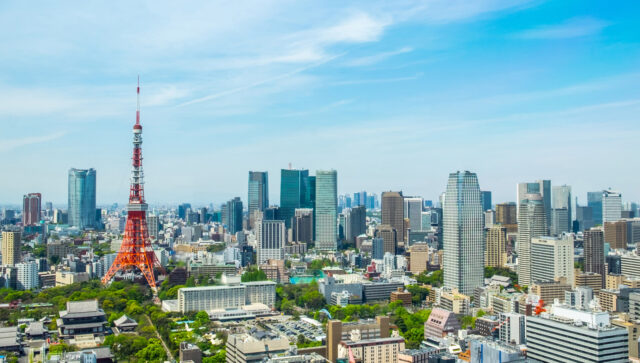
Japan is a famous center of high technology. Specifically, Tokyo is a worldwide hub for robotics and 3D manufacturing. It also has one of the highest levels of labor productivity. Tokyo leverages IoT features to enhance public services and industries. Needless to say that the city has successful projects in areas of traffic optimization and digital payments.
- IESE Cities in Motion Index, 2019: 6.
- Innovation Cities Index, 2019: 2.
Where Are We Going?
Today, even the most developed smart cities like London or New York haven’t realized the full potential. There are dozens of directions in which they can develop further, from public safety to traffic optimization to environmental protection. Based on IoT systems, smart cities should also work on other solutions. Undoubtedly, the future is bright!

